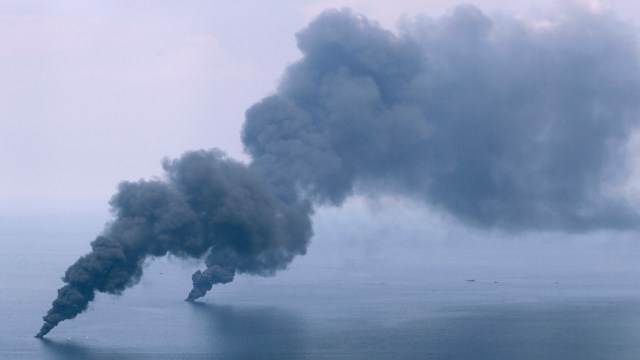How to soar on Venus
The first human colonies might not be on the surface of Mars, but amidst the clouds of Venus.
“I remember as a kid having a balloon and accidentally letting the string go and watching it just float off and into the sky until it disappeared. And there’s something about that, even, that feels very much like what life is, you know, that it’s fleeting, and it’s temporal.” –Pete Docter
When you think of space colonization, you very likely think of the important things that humans need for life:
- water,
- sunlight,
- the right temperatures,
- sources of food,
- sources of energy,
- and the ability to create or exist in a self-sustaining ecosystem.
Of course the natural choice for meeting these conditions is a world that’s more-or-less Earth-like.
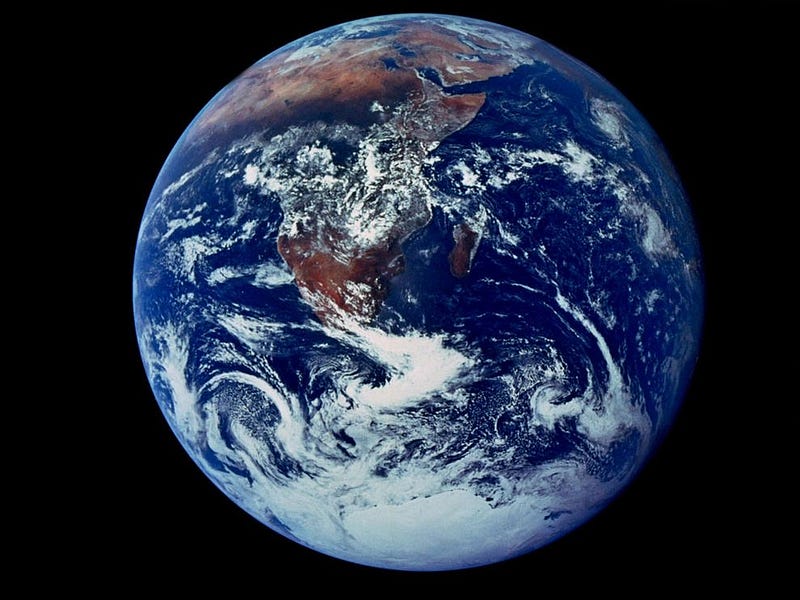
After all, we know (arguably) how to sustain human life here on our planet, where:
- liquid water flows freely, neither freezing nor boiling spontaneously under most conditions,
- sunlight illuminates our world with a flux sufficient for warming and energizing not just ourselves but plants, bacteria and more,
- food grows abundantly in the Earth, as well as hydroponically,
- and the Earth itself is a self-sustaining biosphere.
If we wanted, ever, to inhabit another world, it would make sense to pick a world either very similar to our own, or to make a world more like our own.
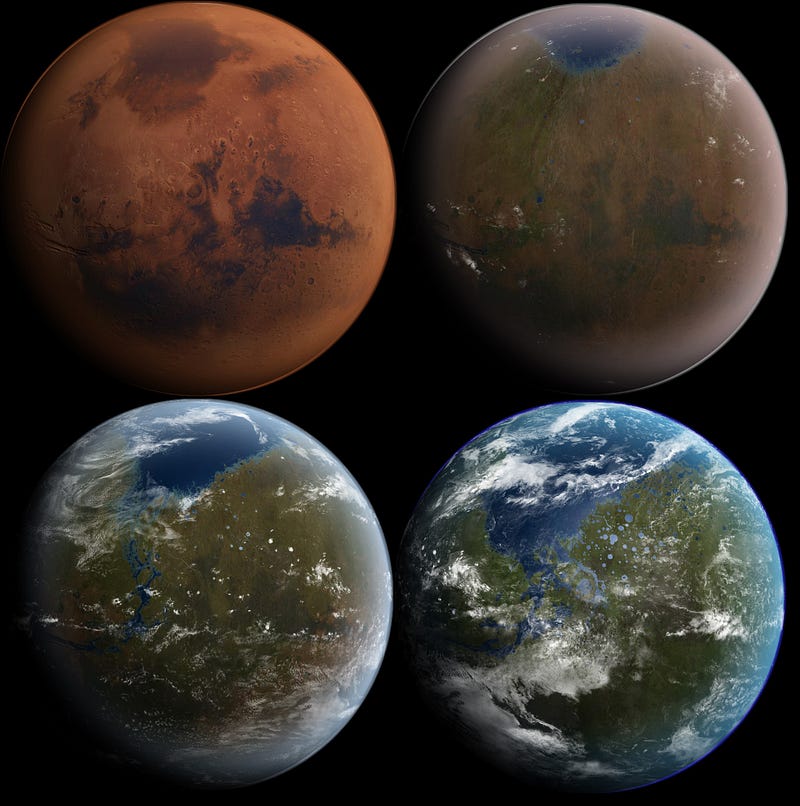
Normally, Mars is looked at as the most likely target for terraforming. It has a similar rotation period to Earth, is only somewhat farther away from the Sun, has (frozen) water on its surface, and may have — at some point in its past — been not only hospitable to life, it may have been just as teeming with it as Earth was.
Yet Mars comes with a big set of challenges if we ever want to live there:
- it has an insufficient atmosphere for liquid water,
- any attempt to enhance the atmosphere would have to contend with the solar wind, which continuously strips it away,
- and Mars has no form of protection from this wind, like Earth’s magnetic field.
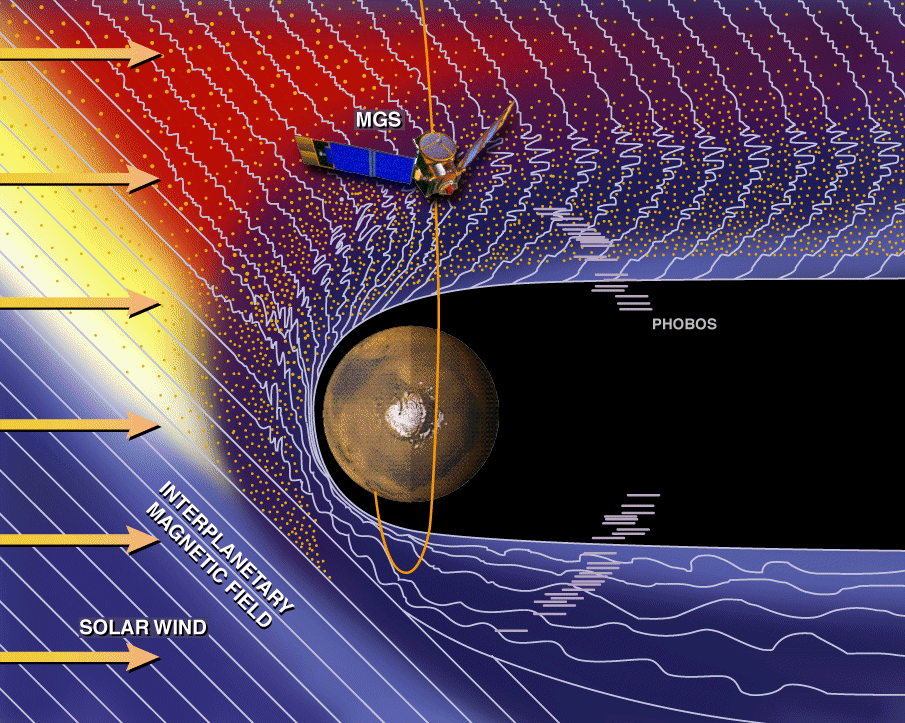
All of this goes back to the fact that Mars is small, and hence its insides cool more quickly than a larger world like Earth. Even if we could somehow reactivate Mars’ magnetic field, it seems like the best we’ll be able to do is to struggle mightily with heating and keeping a sustainable pressure there.
But there is another option, one that you might not consider due to the fact that it seems absolutely crazy: building a human colony on Venus.


Yes, that Venus. The one where, at its surface, the one with a constant surface temperature — day or night — of 465°C (870 °F), hot enough to spontaneously combust most living matter; hot enough so that the longest any spacecraft functioned on the surface was mere seconds; hot enough that the outer layer of your hot pocket would be blackened and charred before its insides ever unfroze.
Venus hardly seems like a place worth considering, not with its ultra-intense atmosphere at some 90 times the pressure of Earth’s. Not with its cloud cover of sulfuric acid clouds that retain 90% of the Sun’s heat.
Not worth considering at all, right?
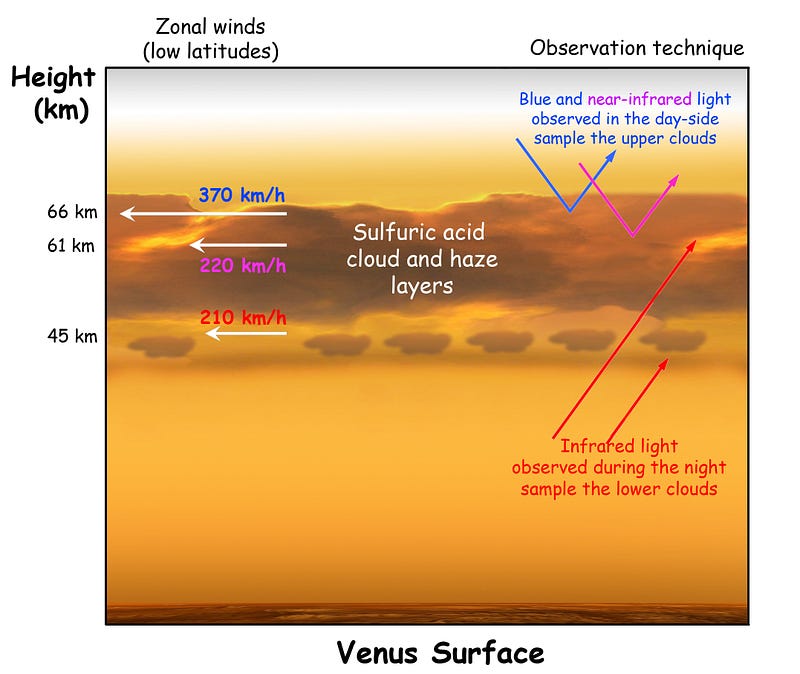
Unless, that is, you took what appeared to be Venus’ greatest weakness — its atmosphere — and turned it into its greatest strength. You see, Earth’s atmosphere is made of nitrogen (78%) and oxygen (21%) : two pretty light gases. But Venus’ atmosphere is made up predominantly (96.5%) of carbon dioxide, which is nearly 50% denser than Earth’s atmosphere.
This means that if we filled a balloon on Venus with the same gases in Earth’s atmosphere, it would float and rise, just as a helium-filled balloon floats and rises! (And would orbit Venus with a period of 110 hours, thanks to the prevailing winds on our closest neighboring world.)
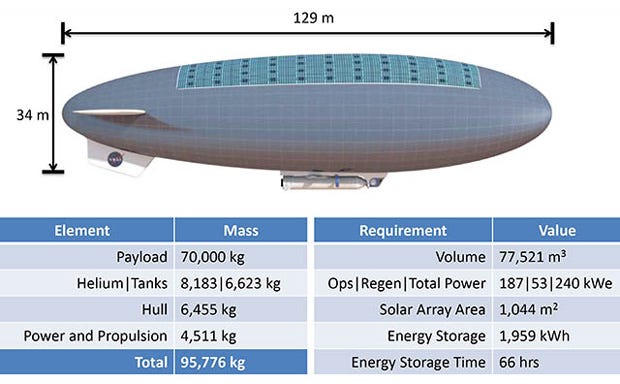
There are problems with balloons, of course. There’s no such thing as a balloon that’s completely impermeable to air: this is why all helium balloons eventually either rise until they burst or float until enough helium leaks out that they sink down to the ground again. The same thing would happen on Venus if we filled a balloon with Earth’s atmospheric gases.
But for all practical purposes, we could — instead of building a stretchy, thin balloon — do the following:
- build a 1″ thick hull out of steel in our desired shape,
- fill it with the same gases at the same temperatures and pressures in Earth’s atmosphere,
- and let that baby loose on Venus.
What would we get?
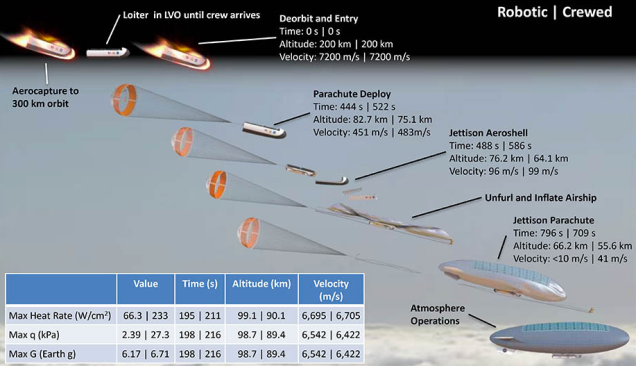
The “aircraft” would come to equilibrium somewhere between 50 and 65 km above the surface of Venus, floating stably in its atmosphere.
At these altitudes, a number of interesting things occur:
- the pressures and temperatures are comparable to what we find on Earth,
- we’re above the vast majority of the harmful sulfuric acid haze, and are likely only to encounter clouds of the noxious material,
- and we’re protected from the solar wind not by a magnetic field, but by Venus’ ionosphere, which is safely 150–300 km above the planet’s surface.
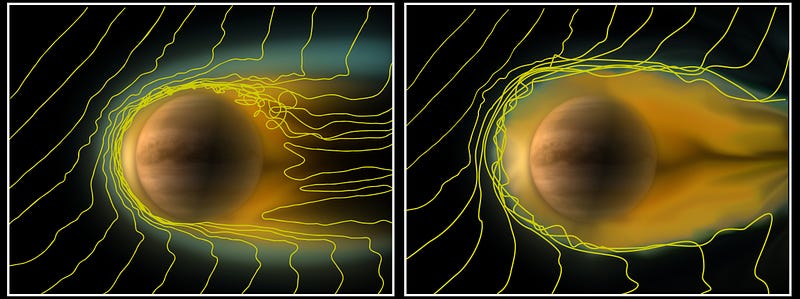
Copyright: ESA/Wei et al (2012).
Venus’ upper atmosphere may well turn out to be the most Earth-like environment in the Solar System beyond our own world. In fact, there are speculations that Venus’ upper atmosphere — at these altitudes — may in fact harbor life right now!
If we could bring our own sources of sustainable food, engineer solar panels to harvest the (considerably more intense than on Earth) energy from the Sun while protecting them from the sulfuric acid conditions, we would have everything we need to build our own floating civilization above the surface of Venus.
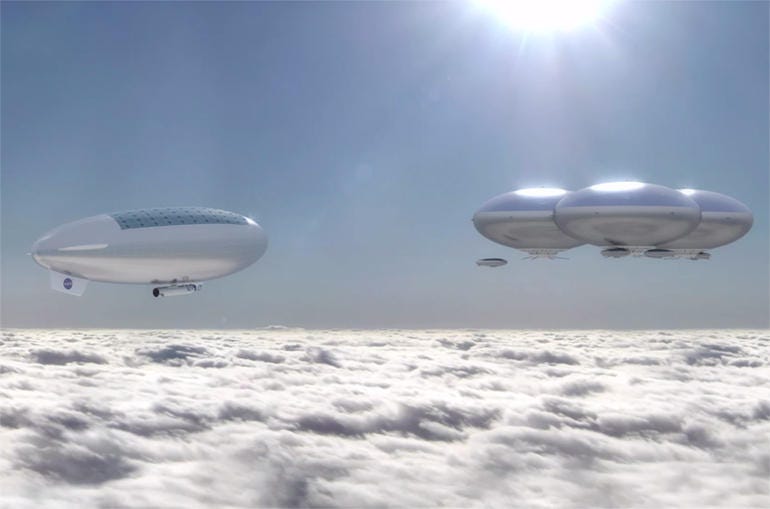
At the same time, we’d be able to extract some important compounds from Venus’ atmosphere if we so desired, such as water vapor and carbon dioxide, enabling us to grow plants hydroponically to our heart’s content. Combined with the nitrogen and oxygen we bring along with us, we’ve got everything we need for the first space colony.
There are, of course, many huge challenges in their own right to be overcome, but it may yet turn out that our space dreams won’t rely on solid ground, but place us among the clouds.
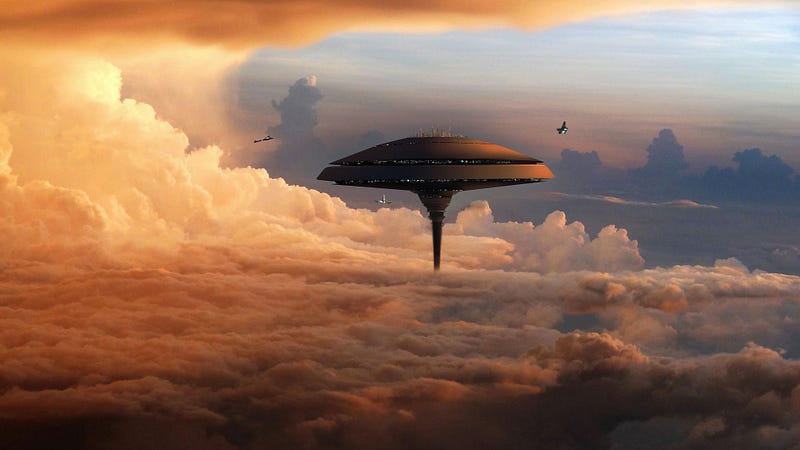
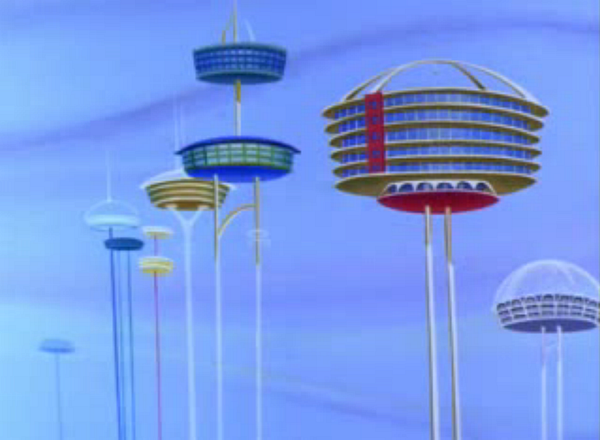
Perhaps everyone from George Jetson to Lando Calrissian had it right all along!
Leave your comments on our forum, and support Starts With A Bang on Patreon!





